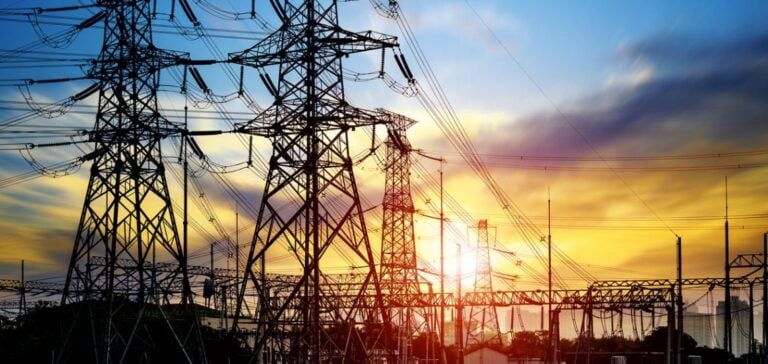In December, the Indian Energy Exchange (IEX) reported an electricity trading volume of 11.132 billion units, marking a 29% year-over-year increase. This record was achieved against the backdrop of falling prices in the day-ahead market, where the average clearing price was INR 3.89 per unit, down 14% compared to the previous year.
The third quarter of fiscal year 2025 (April to March) also witnessed a notable increase in traded volumes, reaching 30.464 billion units, representing a 16% growth compared to the same period last year. The price decline, coupled with a 57% increase in supply in the day-ahead market, enabled distribution companies and open-access consumers to lower costs by purchasing power through the exchange.
Significant Growth in Green Segments
In December, trading volumes in the green electricity market more than tripled, reaching 781 million units. The green day-ahead market alone accounted for 763 million units, with a weighted average price of INR 3.92 per unit. Although slightly lower than the 793 million units traded in November, this figure remains a strong indicator of renewable energy growth in India.
Renewable energy certificates (RECs) also saw robust activity during the quarter. Nearly 2.65 million certificates were traded, up 31% year-over-year, with prices ranging from INR 140 to INR 316 per certificate depending on the trading sessions.
Energy Demand Outlook
According to government data released in December 2024, the country’s energy consumption reached 130.40 billion units, reflecting an increase of nearly 6% year-over-year. This trend aligns with projections by CRISIL, a subsidiary of S&P Global, which anticipates a 5% to 6% rise in electricity demand for the current fiscal year.
Opportunities in a Dynamic Market
The abundant supply has not only led to a reduction in average prices in the day-ahead market, falling to INR 3.71 per unit for the quarter (-26% year-over-year), but also boosted volumes in the real-time electricity market. The latter saw a 32% year-over-year rise in December, with 3.18 billion units traded, and a 30% increase during the quarter, reaching 9.322 billion units.
The growth dynamics in India’s electricity markets reflect an increase in production capacity and the growing adoption of exchange mechanisms by industry players to optimize costs and secure supply.






















